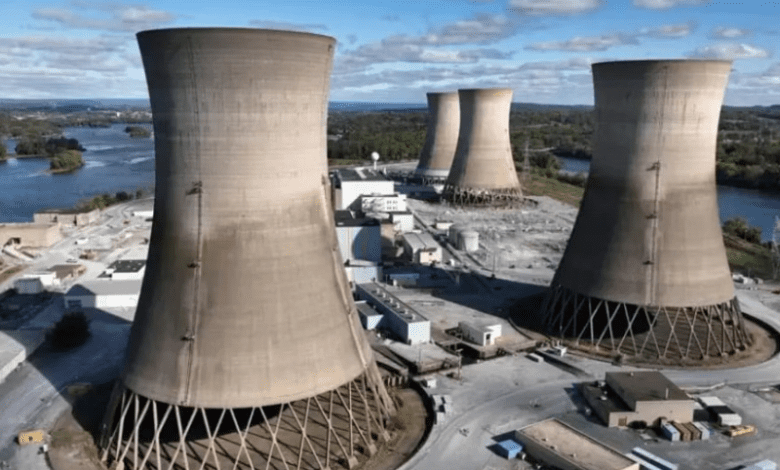Smaller, Cheaper Nuclear Reactors Reshape US Energy Landscape

A phenomenon of smaller, cheaper nuclear reactors is transforming the U.S. electric sector as states compete to attract investment and innovation. The small modular reactors (SMRs) and microreactors are flexible, factory built substitutes for larger nuclear plants. Unlike typical reactors that produce 800-1,000 megawatts, SMRs produce 300 MW or less while microreactors produce up to 20 MW.
Leading technology companies such as Amazon and Google sponsor nuclear projects in order to meet increased power demand especially for AI infrastructure. In the meantime legislative frameworks have passed in 25 states that support advanced nuclear energy with over 200 bills related to advanced nuclear energy being introduced in 2025.
Tennessee has allocated more than $90 million towards increasing nuclear research while Utah’s ‘Operation Gigawatt’ seeks to double electricity generation. Texas, Michigan and Indiana are also implementing incentives to ramp up nuclear production.
However, there are still issues. The U.S. has no workable plan for long term storage of radioactive waste. Critics also raise concerns about safety and cost effectiveness and the practicality of moving quickly to deploy new plants. Additionally competition from wind, solar and rapidly advancing battery storage could reduce the attractiveness of nuclear energy.
There are over 30 nuclear projects scheduled for completion in the 2030 and the future of this industry is dependent on proving the Small Modular Reactors (SMR) are reliable. Billions of dollars in federal subsidies and tax credits are driving this effort but the question of whether these reactors will produce remains unexplained.
